Demystifying Additives in Wine: Separating Fact from Fiction.
- 2023-11-07 05:00:00

In the world of winemaking, additives play a crucial role in shaping the flavor, stability, and quality of wine. While some consumers may have concerns about the use of additives in wine production, understanding the purpose and regulations surrounding these compounds can help demystify this often misunderstood aspect of winemaking.
- What are additives?: Additives are substances that are intentionally added to wine during production to achieve specific goals, such as enhancing aroma and flavor, preventing oxidation and microbial spoilage, and adjusting acidity and sweetness levels. Common additives include sulfur dioxide (SO2), tartaric acid, yeast nutrients, fining agents, and oak chips.
- The role of sulfur dioxide: Sulfur dioxide, or SO2, is the most widely used additive in winemaking and serves as a powerful antioxidant and antimicrobial agent. It helps prevent oxidation, preserve freshness, and inhibit the growth of harmful bacteria and yeasts. While SO2 is naturally produced during fermentation, additional doses may be added at various stages of winemaking to ensure stability and quality.
- Fining and filtration: Fining agents such as bentonite, gelatin, and egg whites are commonly used to clarify and stabilize wine by removing suspended particles and proteins. Filtration methods, including centrifugation and sterile filtration, further refine wine by removing microscopic impurities and microbes. These processes help improve wine clarity, brightness, and shelf life without compromising flavor or aroma.
- Yeast nutrients and enzymes: Yeast nutrients such as diammonium phosphate (DAP) and yeast hulls are added to support healthy fermentation and ensure complete sugar conversion into alcohol. Enzymes may also be used to enhance extraction, clarification, and color stability during winemaking. While these additives are generally considered safe and effective, their use is subject to regulatory limits and must be declared on wine labels in some regions.
- Regulatory oversight: The use of additives in winemaking is regulated by government agencies, such as the Alcohol and Tobacco Tax and Trade Bureau (TTB) in the United States and the European Union (EU) in Europe. These agencies establish strict guidelines and maximum allowable limits for common additives, ensuring that wines are safe for consumption and accurately labeled. Winemakers are required to adhere to these regulations and disclose the use of certain additives on wine labels.
- Consumer awareness and transparency: As consumer interest in food and beverage transparency grows, many wineries are voluntarily adopting practices such as organic and biodynamic farming, minimal intervention winemaking, and additive-free production. These wines, often labeled as "natural" or "minimal intervention," appeal to consumers seeking wines made with minimal additives and a more hands-off approach to winemaking.
In conclusion, additives play a vital role in modern winemaking by enhancing quality, stability, and consistency. While some consumers may have reservations about additives, it's important to recognize that their use is regulated and generally safe when used responsibly. By understanding the purpose and regulations surrounding additives, consumers can make informed choices and enjoy wine with confidence, knowing that it has been crafted with care and expertise.
Parker, California
-
Recent Posts
-

Tequila, the elixir of agave, transcends mere libation to become a symphony of science, art, and alchemy. Join us on an expedition through the intricate world of tequila, where molecules mingle, flavors...
-
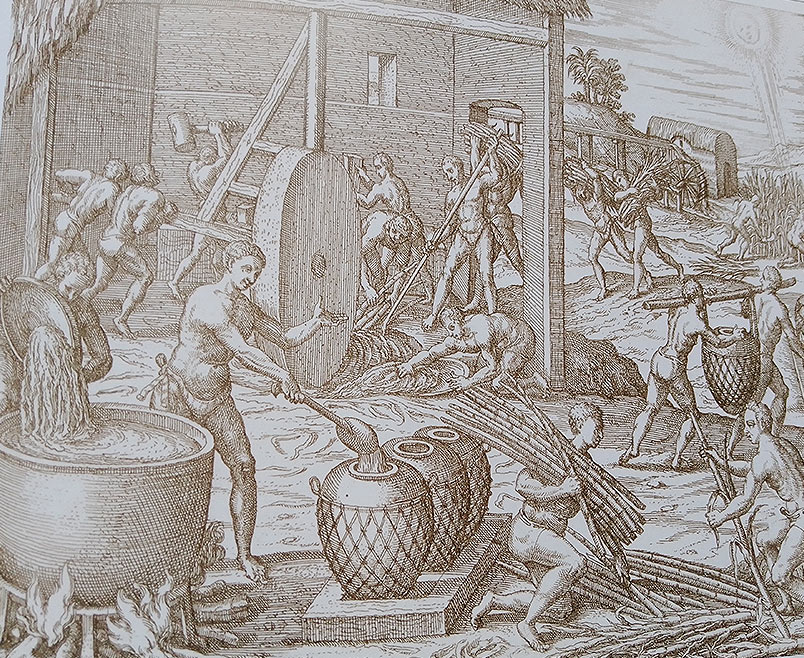
Rum, with its rich flavors and storied past, has woven itself into the tapestry of cultures and traditions around the world. From its origins in the sugarcane fields of the Caribbean to...
-
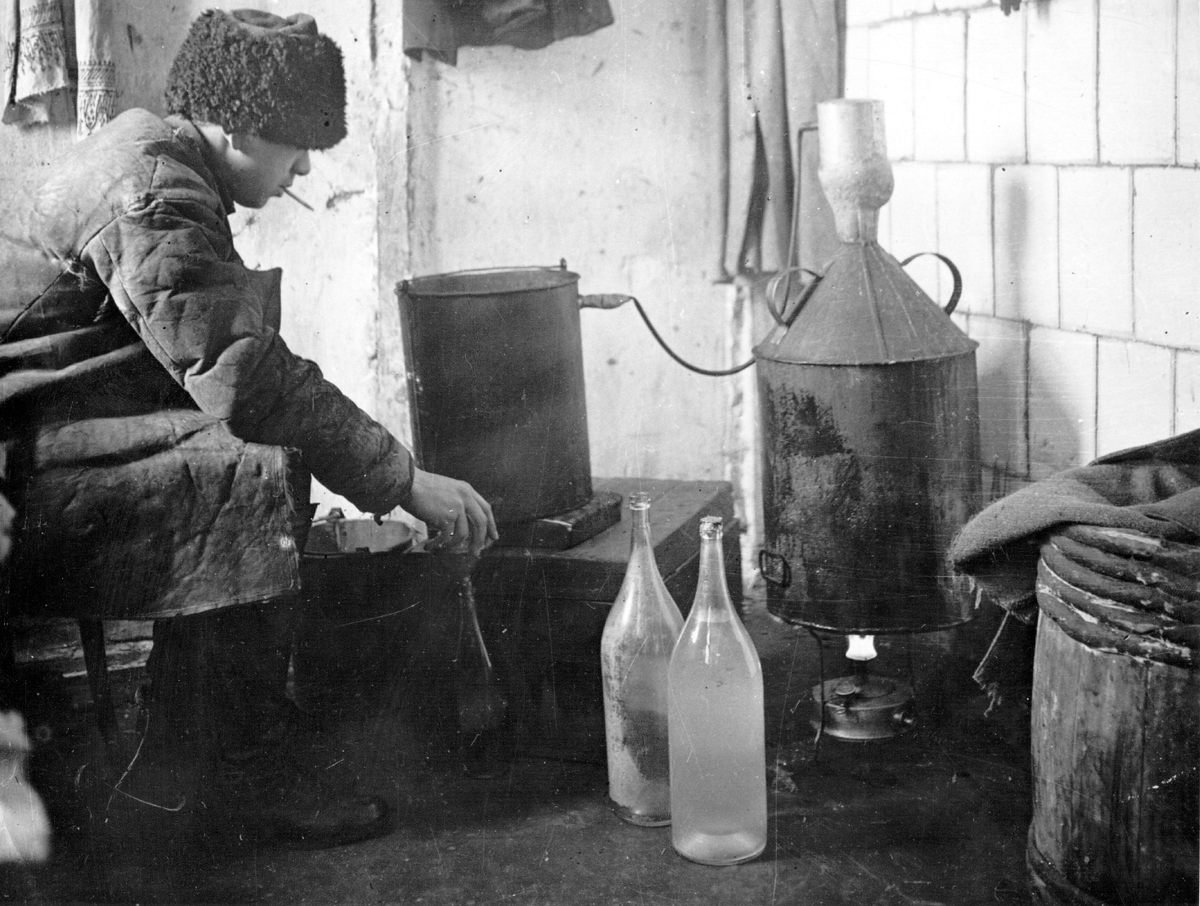
Vodka, with its clear, pure appearance and versatile nature, has a history as fascinating and diverse as the cultures that have embraced it. From its mysterious origins in Eastern Europe to its...
-
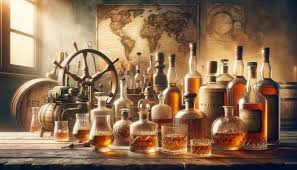
Whisky, with its complex flavors and rich heritage, has captured the hearts and palates of people around the world for centuries. From its humble beginnings in ancient civilizations to its global prominence...
-
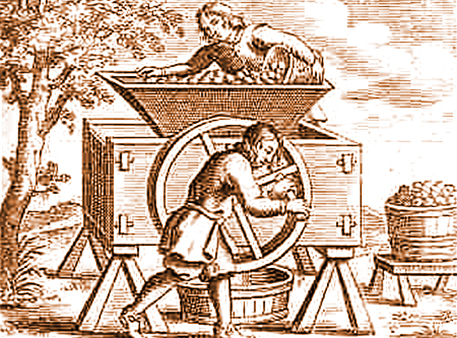
Cider, with its crisp and refreshing taste, has a history as rich and diverse as the apples from which it's made. From its ancient roots to its modern resurgence, cider has been...
-
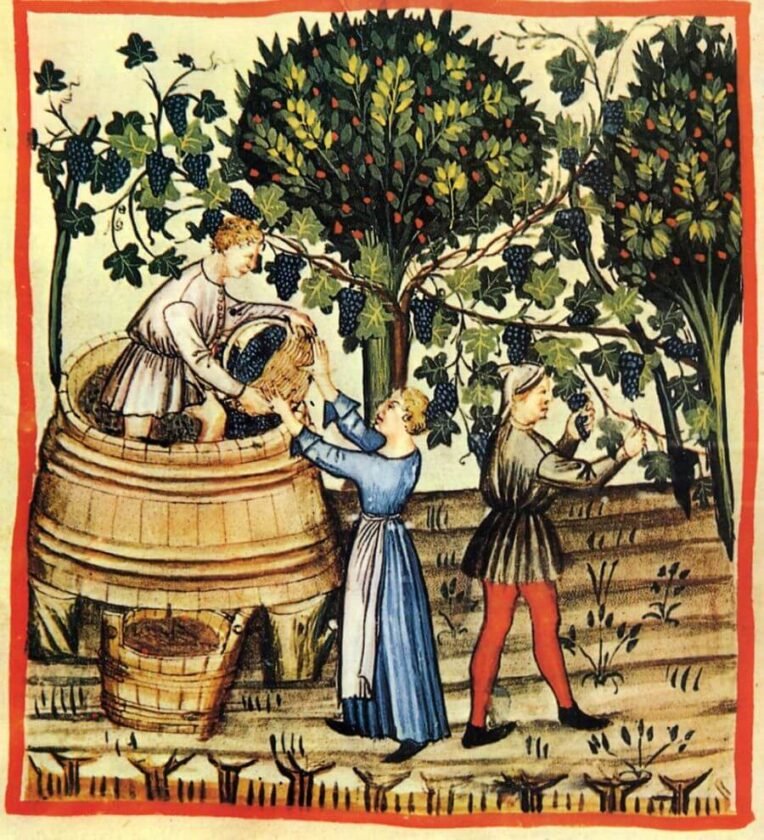
Wine, with its rich tapestry of flavors, aromas, and cultural significance, has been an integral part of human history for millennia. From its humble origins in ancient Mesopotamia to its global prominence...
-
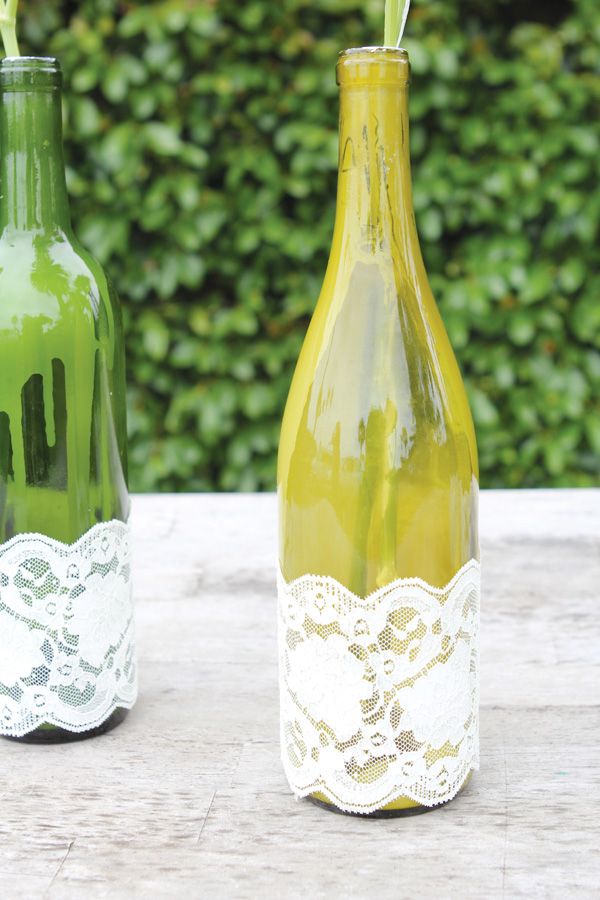
Wine isn't just for drinking—it's also a versatile and inspiring medium for crafting and décor. Whether you're looking to add a touch of wine-inspired charm to your home or seeking unique gift...
-

There's no better way to explore the world of wine than by gathering friends and loved ones for a wine tasting party. Whether you're a seasoned oenophile or a curious novice, hosting...
-
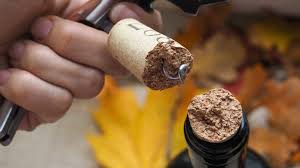
Wine, with its complexity and nuance, is a beverage cherished for its ability to delight the senses and evoke a myriad of flavors and aromas. However, like any agricultural product, wine is...
-
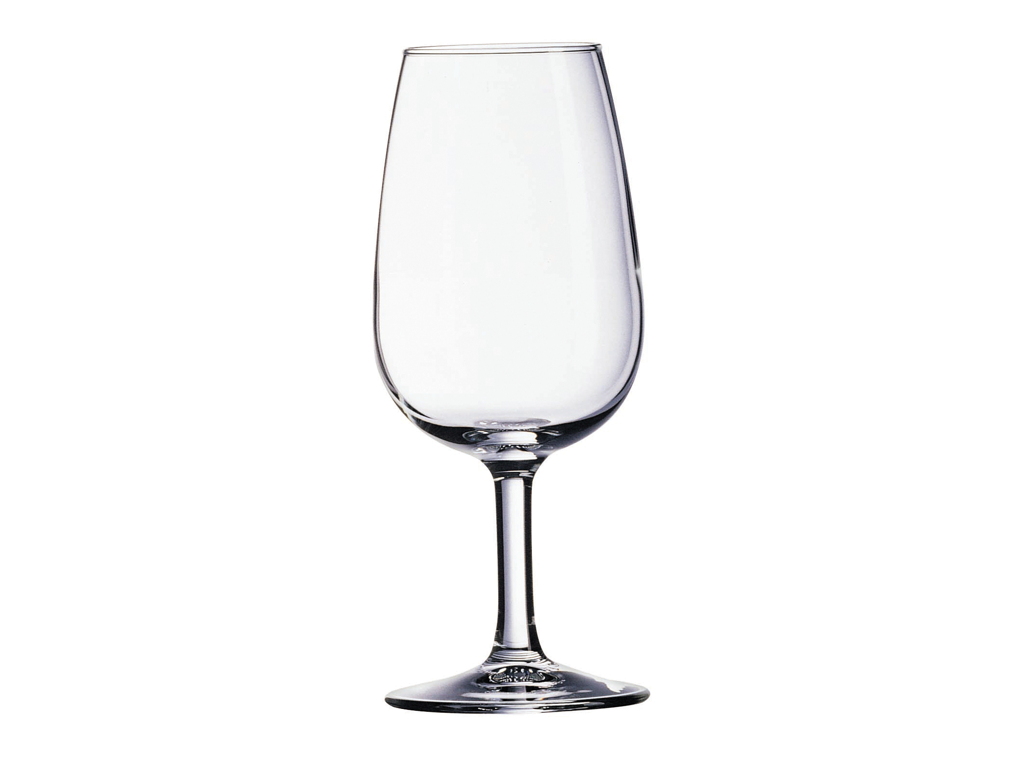
Selecting the right wine glass can significantly enhance your enjoyment and appreciation of wine, allowing you to fully experience its aromas, flavors, and nuances. With a wide array of shapes, sizes, and...
-

Nestled in the picturesque hills of the Veneto region in northeastern Italy lies the charming town of Conegliano, renowned as the birthplace of Prosecco and the epicenter of Italy's thriving sparkling wine...
-
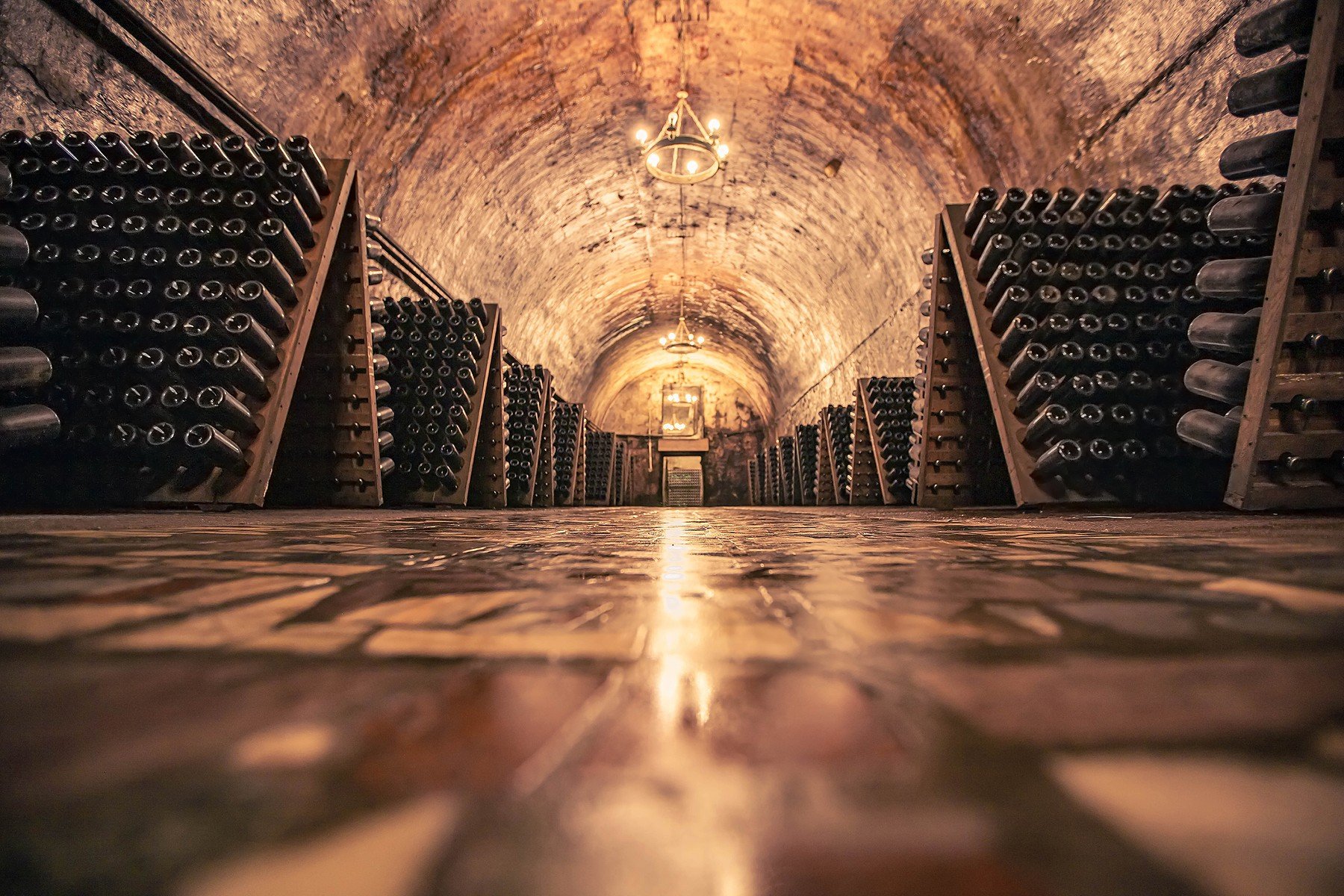
Champagne, the quintessential sparkling wine synonymous with celebration and luxury, is crafted through a meticulous and time-honored winemaking method known as the Méthode Champenoise. From grape to glass, the journey of Champagne...